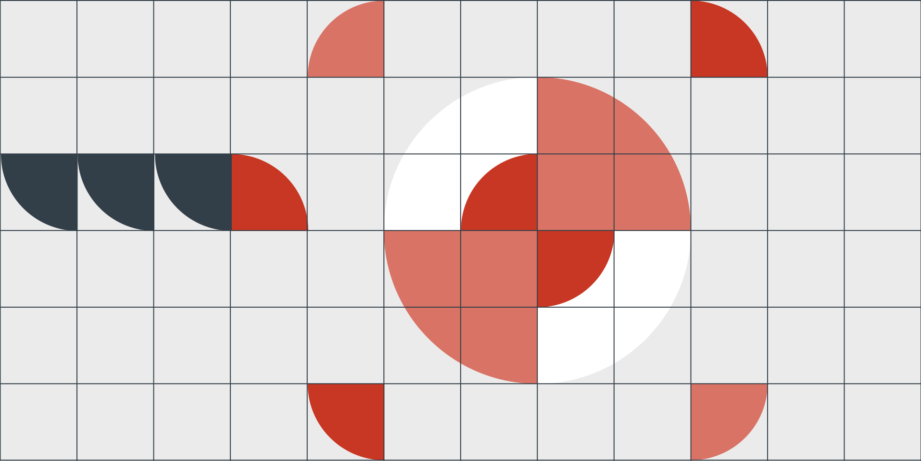Finding Quality in Value Stocks
Comparing the relative performance of Value and Growth stocks, we can see that the gap has widened considerably in recent years – and particularly in the recent past. In phases of recovery or when valuation bubbles burst, Value stocks generate strong outperformance, while cyclical stocks are at risk amid the ongoing slowdown of the real economy.


Mark Frielinghaus
Portfolio Manager Equities
Typical Growth portfolios carry a strong weighting of large and highly profitable companies with a low level of debt. In this context, the concept of ‘GRANOLAS’ stocks is often used. What might sound like a cereal bar at first is – according to Goldman Sachs – a synonym for the largest European public companies by market capitalisation: GlaxoSmithKline, Roche, ASML, Nestlé, Novartis, Novo Nordisk, L’Oréal, LVMH, AstraZeneca, SAP and Sanofi. Apart from their strong benchmark weighting, these stocks also offer high profitability, stable long-term growth, and a low level of debt. However, a closer look at the different multiples reveals a decisive disadvantage: on average, GRANOLAS are traded at extremely ambitious multiples. Based on current earnings, their average P/E ratio is around 35, and thus significantly higher than the European market average of 19. Even if we take future earnings into account, the P/E ratio drops to 18, while pricing for the market as a whole is at a moderate multiple of 12. Yet a halving of the P/E ratio also means that the market expects earnings to double. Whether this will be possible is – at the very least – questionable, given the depth of the economic downturn caused by the COVID-19 pandemic.
Active weighting relative to the benchmark
High quality – at a reasonable price
In accordance with our investment philosophy, these expensive Growth stocks are generally underweighted in the Quoniam equity portfolios. Our quantitative share selection process considers a variety of factors at the same time. In particular, the Value and Quality factors are simultaneously included in our forecast – this means that a particular share should always feature both of these characteristics in order to qualify for the portfolio.
Figure 1 shows the active weighting relative to the benchmark in the European Dynamic strategy as at 30 April 2020. To this end, the investment universe was divided into nine sub-portfolios using the Quoniam factor signals for Value and Quality. In the portfolio, this leads to a distinct weighting in favour of those stocks that are both of above-average quality and attractively valued. We are approximately 15% overweight in these issues. Some low-priced stocks with medium quality and a few high-quality and expensive stocks are also overweighted. We are underweight in all low-quality stocks, and in almost all expensive stocks.
Squaring the circle in practice
Figure 2 shows examples of different overweighted stocks in the European Dynamic strategy, confirming these characteristics. Automobiles and household appliances are cyclical consumer issues. Peugeot is a classic Value share, which we bought primarily because of its very attractive valuation. Its P/E ratio over various periods is well below 5x and the price-book value is clearly below 1, which in turn offers material discounts compared to the overall market. At the same time, return on equity at just under 18% and gearing at 17% also remain more attractive than the general market (13% and 28%, respectively). In this case, the extremely favourable valuation is therefore not offset by below-average quality.
Examples for overweighted stocks in the European Dynamic strategy
Electrolux shows a significantly higher profitability compared to the general market. At 24%, its return on equity is almost three times as high as what the MSCI Europe has to offer (8.6%), and its gearing of approximately 14% is very attractive as well. Here, too, the valuation is still favourable, as shown by the EV/EBIT of 12.6 and the high dividend yield of 5.4%. Yet not all valuation indicators show extreme cheapness. In this respect, Electrolux is rather a quality stock with an attractive price.
All things considered, we aim to ‘square the circle’ – that means our goal is a balanced mix of the Value and Quality factors. Thus, the Quoniam portfolio offers an attractive valuation amid above-average quality of the overweighted companies, and avoids overpriced quality as well as ‘value traps’, i.e. companies that are cheap for a good reason.